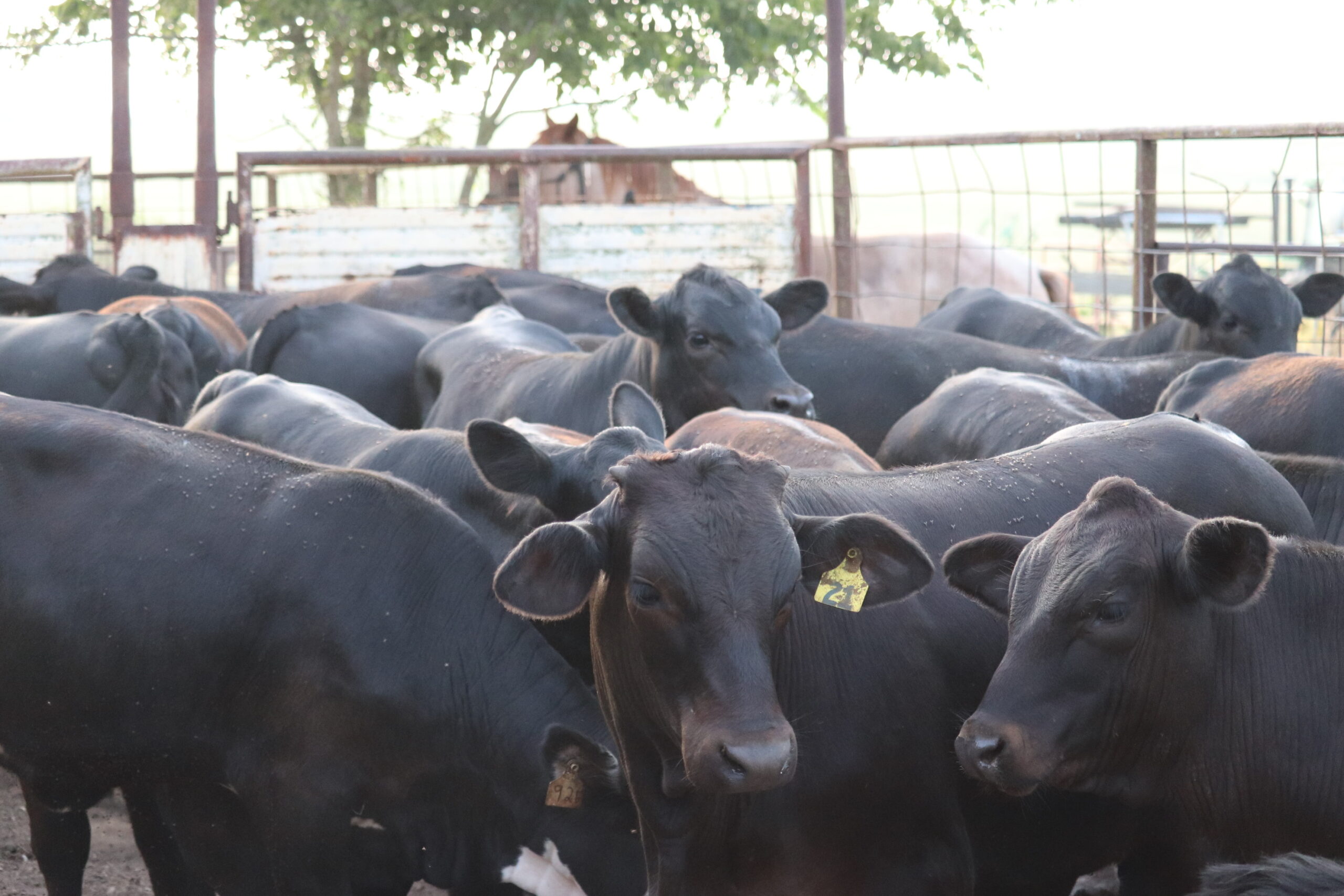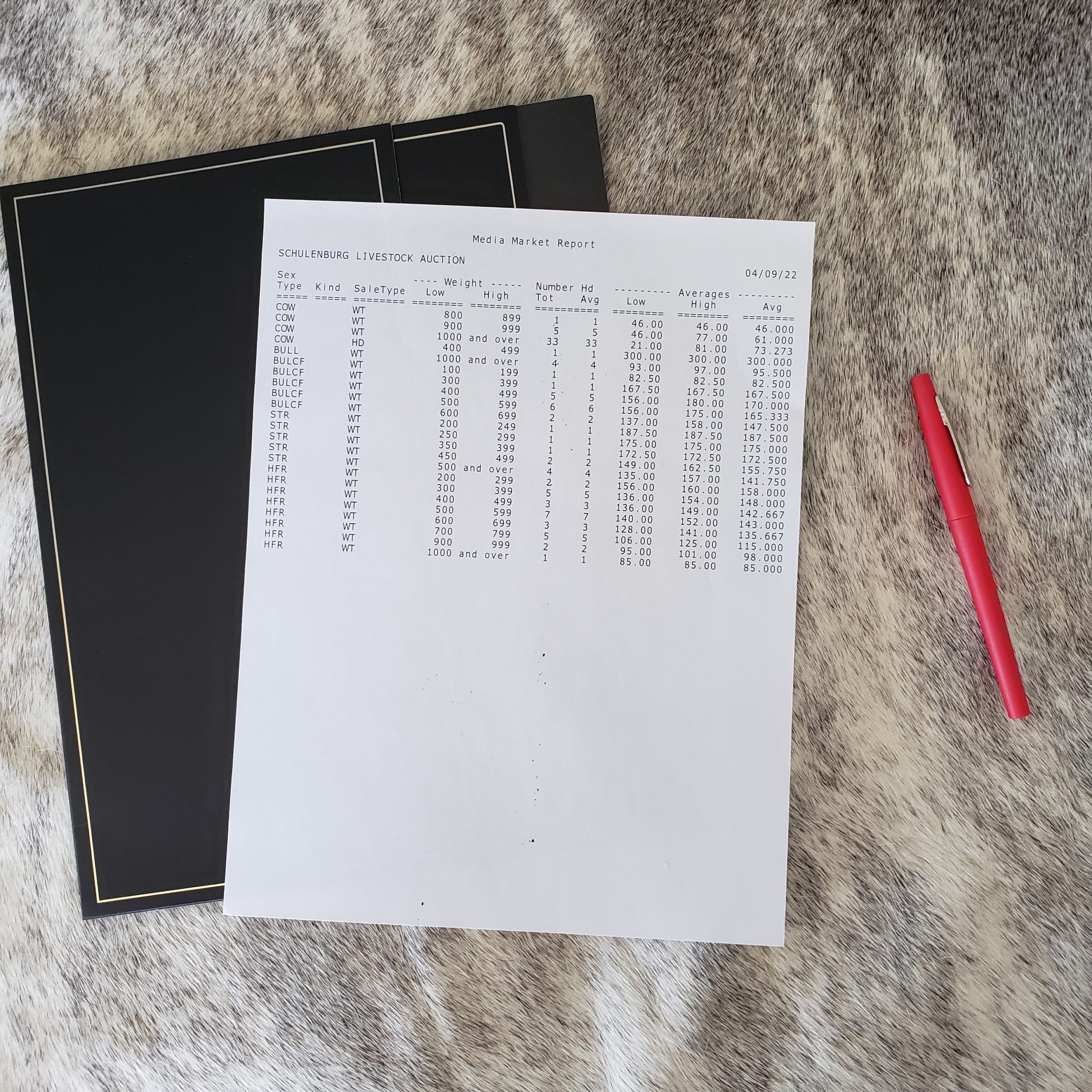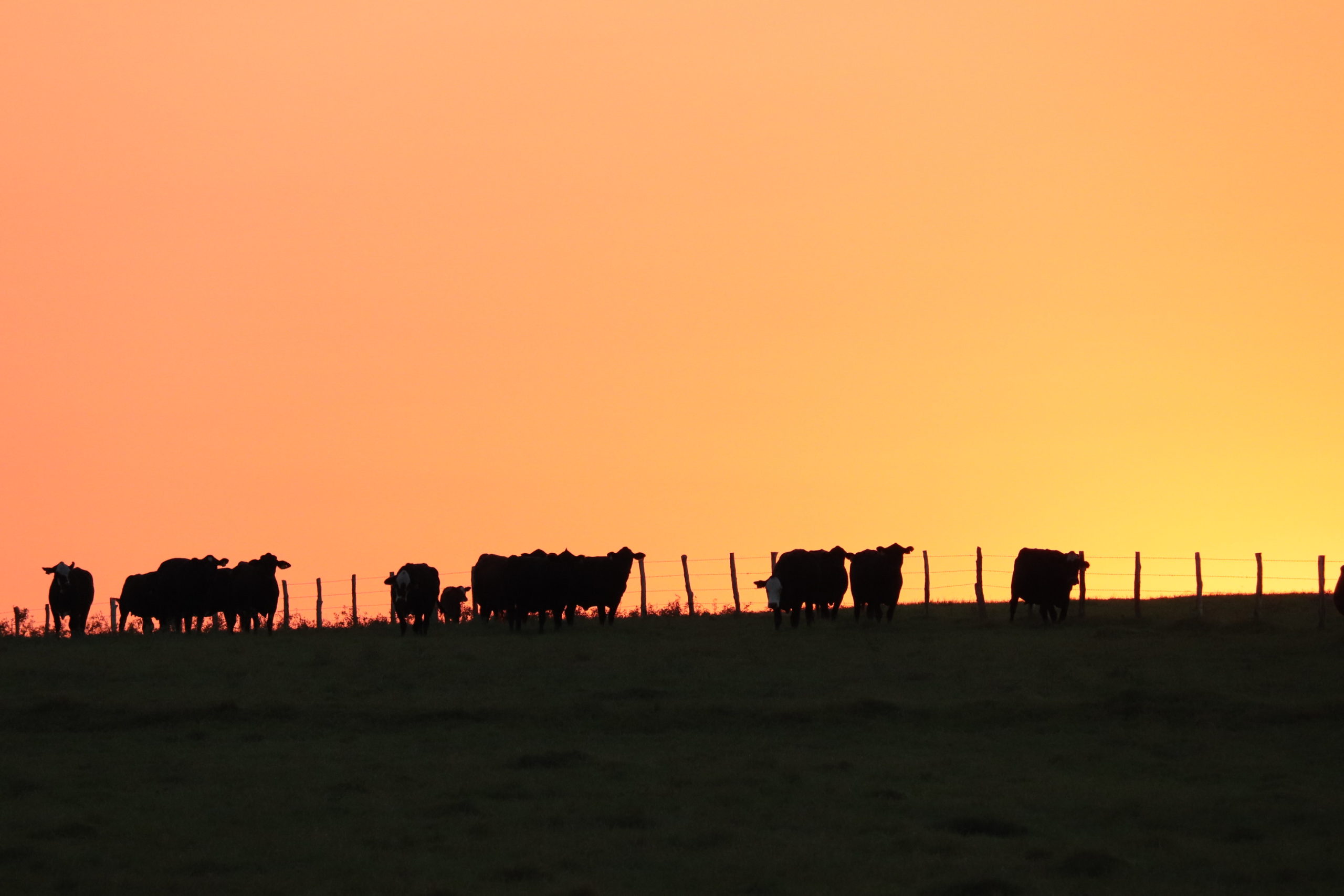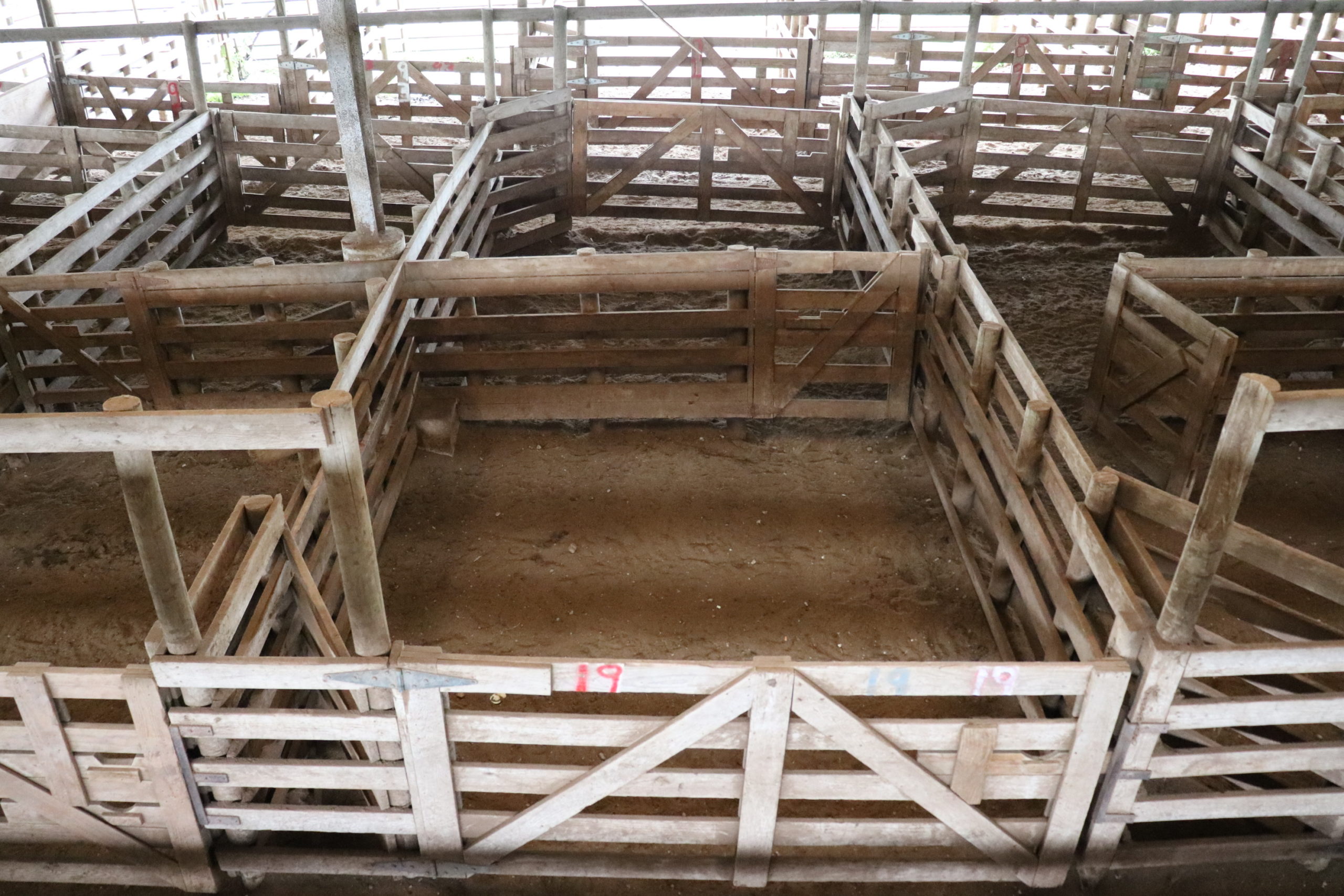When you are new to an industry, you start to realize there are so many moving parts and things you have to learn about the business. The process of a livestock auction is an easy one to learn and requires little work from you after your livestock arrives at the sale barn.
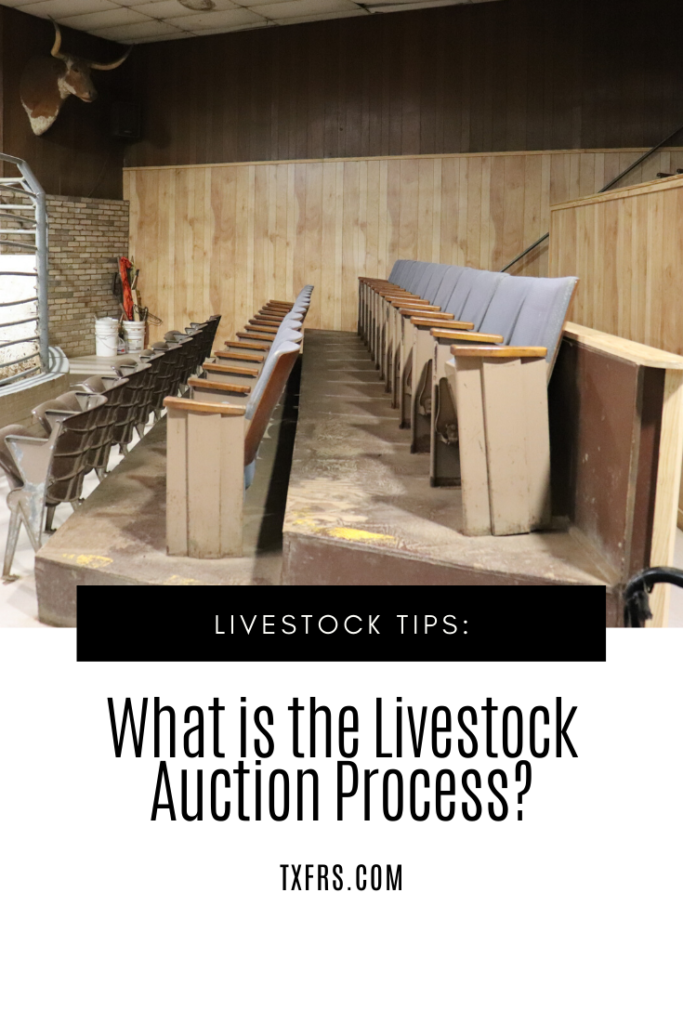
LEARNING THE LIVESTOCK AUCTION PROCESS
If you have never been inside a livestock auction barn, it can be intimidating to learn a process that goes so fast. But, understanding the process will give you a better insight into the way your animal is marketed through a livestock auction ring.
Curious about what your animal does after he leaves your trailer? Let’s check out their journey.
Check-In
When you arrive at the sale barn, you will take him through the barns unloading location. Here, your livestock will start the check-in process. An employee will gather your information. Your name, mailing address, phone number, and county make up your seller profile and check.
Remember to give a mailing address where you can receive your check. Often, a farm and ranch address is given as the premise location but may not be where you are able to receive your mail. This can cause a delay in receiving your check.
Be sure to give your name or the legal entity you have set up for your cattle. Commonly, sellers want to give a ranch name that is not set up for their bank account. This can cause a problem with your bank and a delay in funds.
TAG-IN
Your animals will receive 2 state back tags. Both numbers will be the same. A description of your animal along with his back tag identifies the animal as yours. This number and description will be recorded on your check-in sheet. You will not need to do anything further with it unless the barn requires to see it when you pick up your check from their office.
This is where you can ask for certain veterinary services that will increase your animal’s sale price. Palpation (pregnancy check) and aging can be performed at the site. You should only ask for these services if you think they will help the sale of your animal. This is an extra cost to you.
Also, if your animal has a “story” (registration papers, veterinary certifications, backgrounding, etc.), this is the time to let the employees know. You may be directed to the barn’s office to give this information.
Your check-in information is entered into the barn’s computer system. This information is private and confidential. The barn cannot give your information to anyone else who is not associated with the barn or your state animal agency. The State will use this information to contact you if there is a major health concern with an animal you have bought or sold.
The tag number and descriptions of your animal will be used to generate your check as well as a Media Market Report. Not all barns follow this practice.
After your livestock is unloaded, your part of the operation is complete. From here, your animals will continue on their journey.
Holding Pen
Once your animals are unloaded from your trailer, they will go into a holding pen. From here, they will be taken to the veterinary chute or another pen as the sale progresses.
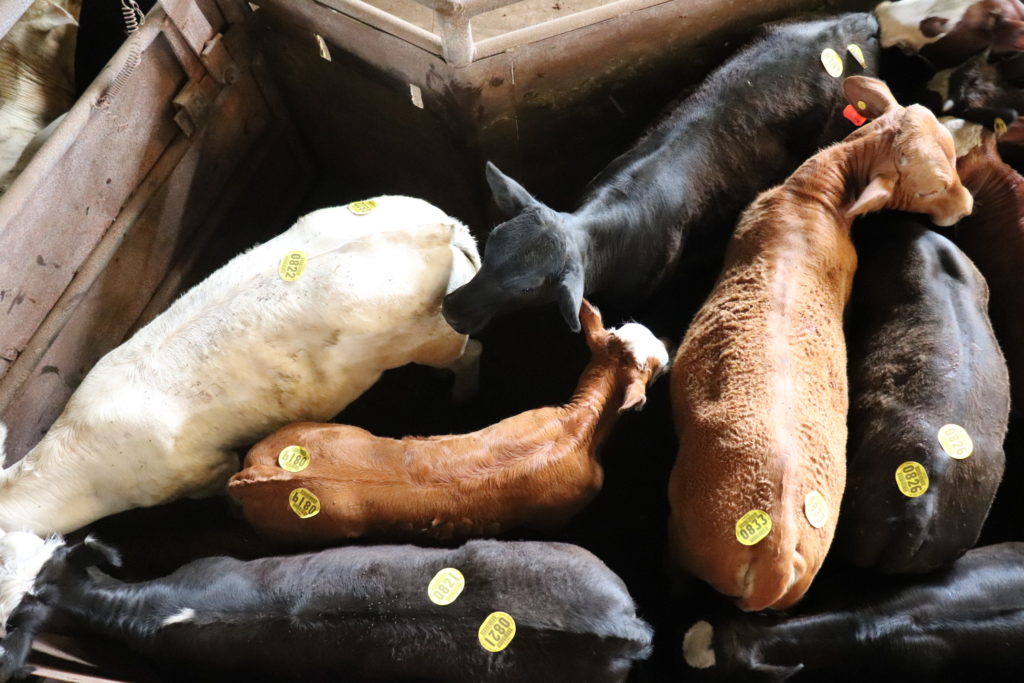
There are a number of tests that may be required to be performed by a state agency representative or a veterinarian. These tests are minimal and help to ensure the health of your animals.
The Livestock Auction Line Up
From the veterinary chute or holding pen, your livestock will be moved through a series of staging pens that eventually end up at the Auction Ring. Depending on the size of the sale, your animals may stay in the holding area for several hours. Larger sales will take a long time to move animals through. Smaller sales move quicker, resulting in a decreased shrinkage rate of your animal.
Some barns have a scale set up for animals to weigh before they will go out into the ring to be sold. This helps the buyer to know the exact weight of the animal. The weights and general appearance of the animal determine which order it will fulfill for the buyer.
The Livestock Auction Ring
As your animal steps into the ring, the bidding process will begin.
The auctioneer or announcer will read out any “story” they have on the animal. If your animals have a significant vaccination program with veterinarian certification, they will appeal to buyers that follow that same program. This will reduce the time the animals spend in holding before buyers ship them to their feedlot or customer destination.
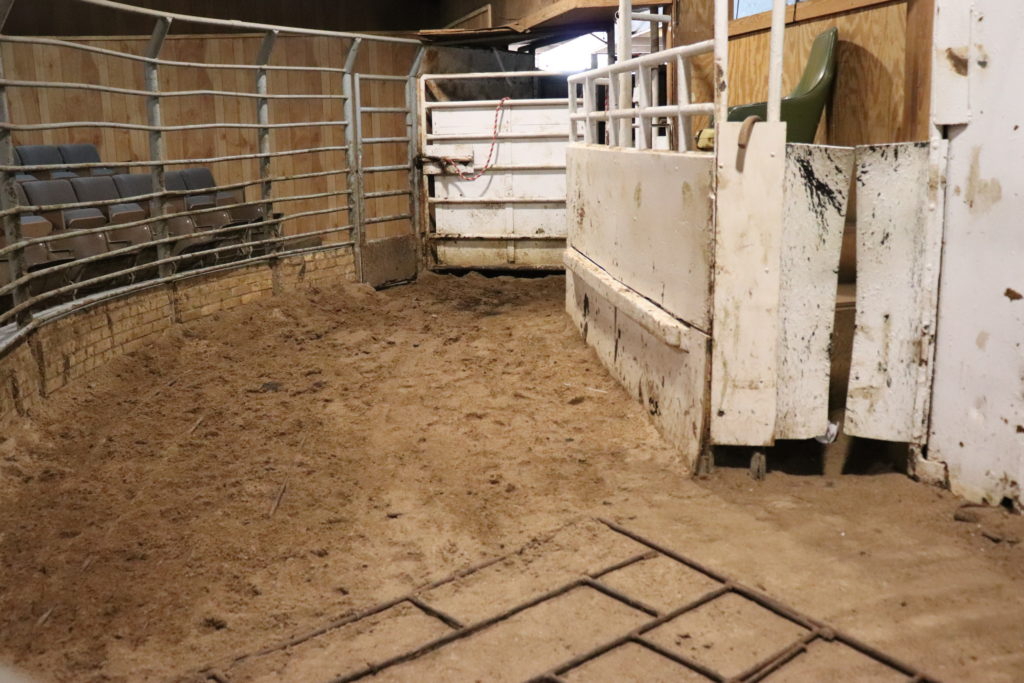
The bidding process will begin and will be quick. Auctioneers use a mixture of phrases and numbers to form their cadence. Do not be intimidated if it is something you do not understand right away.
The barn will have ring hands that bring the animals in and out of the ring. The administrative part of the sale is handled by a team that is usually in an office behind or beside the auctioneer. Here, your animal’s identification number goes on a tracking slip.
After your animal is sold, the name of the buyer will be announced along with the price it was sold for. The buyer and price will be added to the slip as the selling of your animal is completed. From the ring, if they were not weighed before they entered the ring, the animal will step onto a scale. The weigher will stamp the tracking slip with your animal’s weight. It is then sent to the main office where the information is entered on your selling profile.
The Load Out
When your animal leaves from the scale, it will be sent to a pen that will hold other animals purchased on the same order by the same buyer. These animals will have a similarity in weight and/or general appearance, depending on what the buyer was sent to purchase.
The pen your animal is sent to is announced by the pen caller. Several alley workers on foot and horseback will guide the animals into their rightful holding pen.
A pen caller keeps up with each animal and pen with continuous documentation so that they will be easily found. Since the cattle are purchased for specific and separate orders, hauling them mixed together would take a great deal of time and effort to sort them out again.
When animals load on a double-decker trailer, they will be put into a group according to their weight and size. These trailers have compartments that have a series of gates to keep the cattle from mixing together. Only a certain number of animals will fit in each compartment.
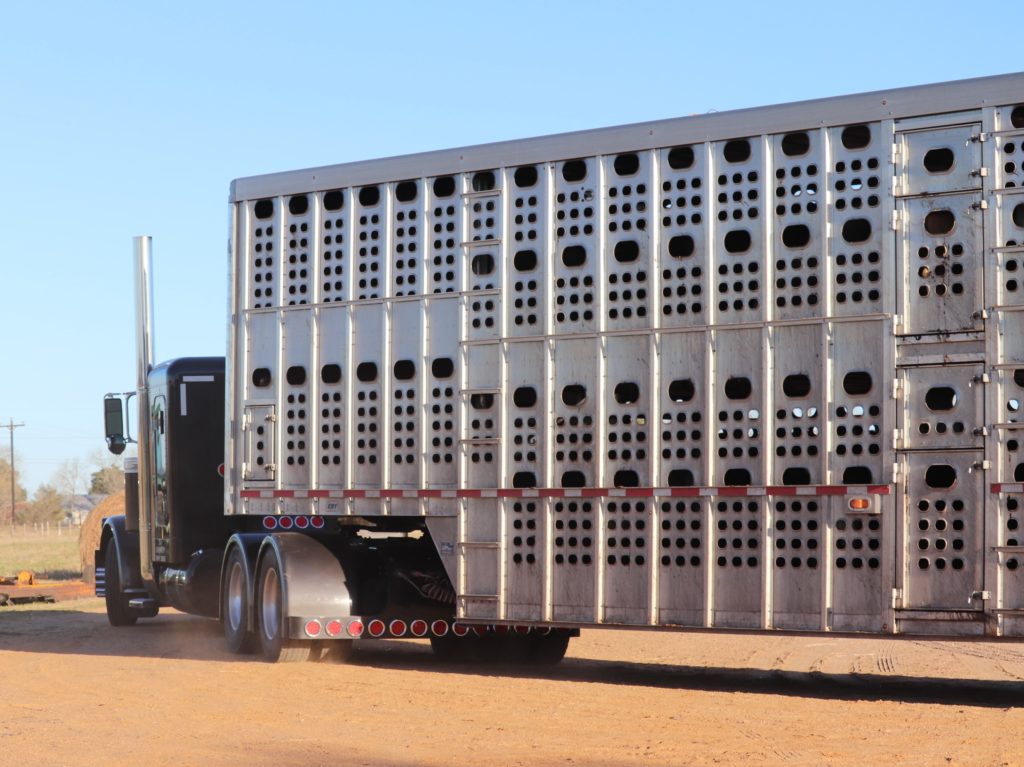
Once loaded, your animal is on its way to its next destination, where ever that may be.
The Livestock Auction Journey
Now you have an insight into how the whole livestock auction process works. Not all facilities are exactly the same. But, the overall process is the same.
If selling your livestock through an auction ring is your primary marketing plan, spend some time there. You will become familiar with what the buyers are looking for. This will help you to improve your herd and bring the buyers what they want, resulting in the best price for you.
Continue Learning…
Do Steers Sell Better than Bull Calves?
Have you ever wondered if the time and expense you put into cutting your bull calves really worth it? Does it pay to cut bull calves and sell them as steers? Find out if your effort will maximize your profits.
Do You Know How to Read a Livestock Auction Market Report?
A Livestock Auction Market Report is considered a tool to give you a look at how the market is performing. But are you getting all the info?
Continue Reading Do You Know How to Read a Livestock Auction Market Report?
Herd Goals – What they are and why you need them to have a Successful Ranch
Do you have herd goals? Spending your money on cattle just because the price is right may not be your best investment. You need a plan. But you can’t plan if you don’t know what you are working towards. Whether you are new to the ranching game or a seasoned pro, you need goals. Find…
Continue Reading Herd Goals – What they are and why you need them to have a Successful Ranch
Will I make More Money selling at a Large Livestock Auction Barn?
The age-old question: Will I make more money selling at a large livestock auction barn. Is the answer in the crowd?
Continue Reading Will I make More Money selling at a Large Livestock Auction Barn?
Brush up on your business basics…
How to Start a Profitable Farm or Ranch Business
Learn how to start a Profitable Farm or Ranch Business with smart planning, cost tracking, and price strategies-so you can make money.
Continue Reading How to Start a Profitable Farm or Ranch Business
What is a Business Bank Account and Why You Need One for Your Ag Business
There are many reasons to open a bank account for your agriculture business separate from your personal account. No matter your income, there are advantages.
Continue Reading What is a Business Bank Account and Why You Need One for Your Ag Business
